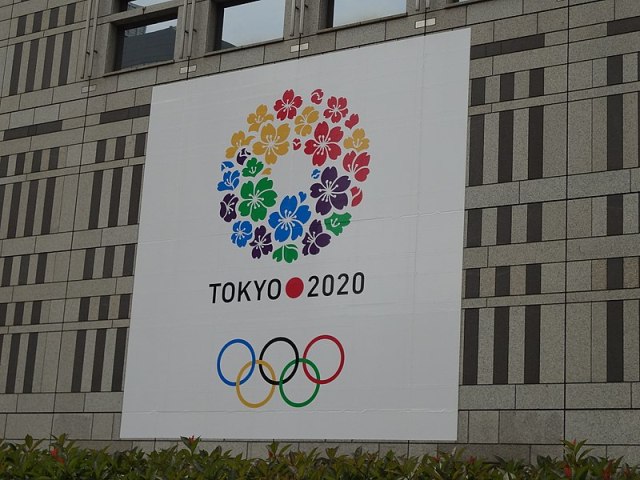Radiation 'hot spots' near Olympic torch relay in Fukushima: Greenpeace

- Country:
- Japan
Environmental pressure group Greenpeace said Wednesday it had detected what it called radiation "hot spots" near the starting point for the upcoming Olympic torch relay in Fukushima, northeastern Japan. Japan's environment ministry said the area, in general, was safe but added it was in talks with local communities to survey the region ahead of the Games that open on July 24.
Greenpeace urged fresh radiation monitoring and continued clean-up efforts, saying its surveys had shown areas of high readings near J-Village, a sports complex located about 20 kilometers (12 miles) from the nuclear plant damaged in the 2011 tsunami. The Japanese government is keen to use the Olympics to showcase Fukushima's recovery from the disaster and intends to use J-Village as the starting point for the Japan leg of the torch relay starting in March.
Originally designed as a training center for athletes, J-Village functioned for years as a logistics hub for crews working to control and decommission the crippled reactors. After a clean-up process, the sports center became fully operational again in April this year, shortly after Japanese Olympic officials decided to use it as the starting point for the torch relay.
Greenpeace said they had detected some spots with radiation levels as high as 1.7 microsieverts per hour when measured one meter (one yard) above the surface. This compared with the nationally allowed safety standard of 0.23 microsieverts per hour, and a normal reading in Tokyo of around 0.04 microsieverts per hour.
The hotspots showed a reading of 71 microsieverts per hour at the surface level, Greenpeace said. However, J-Village's internet site says the radiation reading at its main entrance was 0.111 microsieverts per hour on Wednesday, while one of its fields showed a reading of 0.085 microsieverts per hour.
Greenpeace said it had relayed its findings to the Japanese government as well as local and international Olympic organizers. The group will publish a report on its findings in the region next year.
(This story has not been edited by Devdiscourse staff and is auto-generated from a syndicated feed.)
- READ MORE ON:
- Greenpeace
- JVillage
- Japan
- Fukushima
- Tokyo










